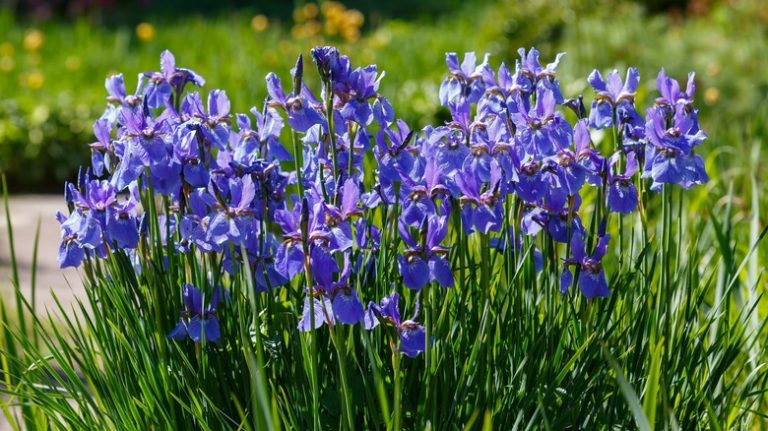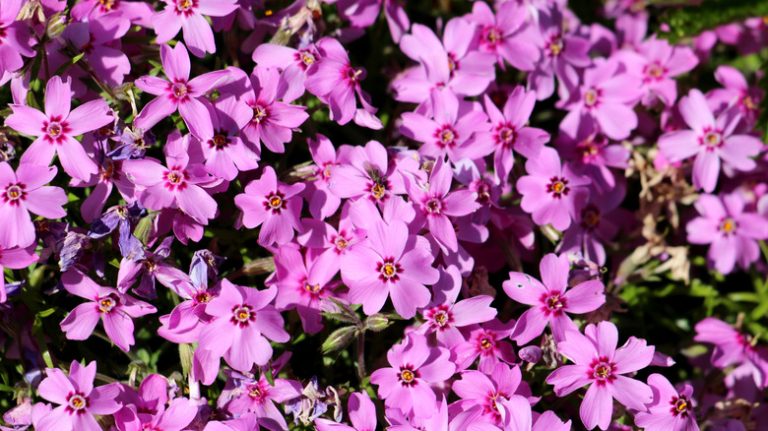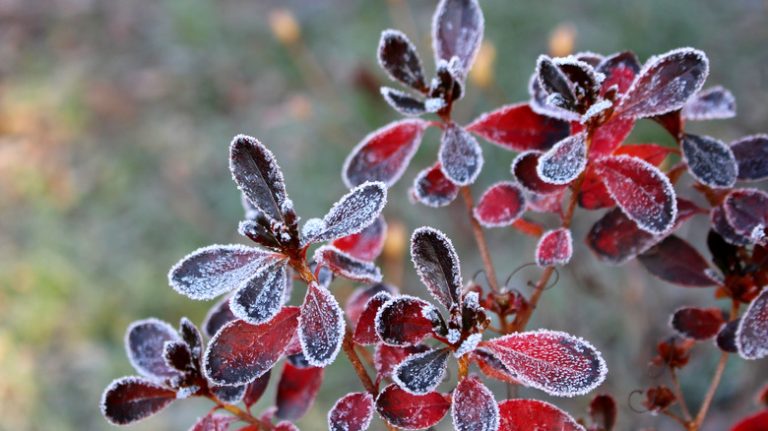Most of the time, when you see a 403 error on a website, it means that you don’t have permission to access the requested resource. It’s like trying to access an image on Shutterstock.com without a valid subscription.
But let’s talk about something more interesting – camellias. They are beautiful plants that can be either shrubs or trees. Since the Victorian times, camellias have been popular for their vibrant flowers and evergreen foliage. Mandy, a seasoned gardener, knows how to maintain camellias and control pests. She even wrote a manual with detailed instructions for camellia care.
If you have a camellia shrub and it’s getting too overgrown or diseased, it’s time to prune it. But make sure to follow the guidelines provided by Mandy’s expert advice. She suggests removing any dead, damaged, or diseased growth, as well as thinning out the bush to allow for better air circulation. This will keep the camellia healthy and vigorous.
Now, if you’re a chatty gardener like me, you might have a question about when to prune your camellia again. Well, it’s best to do it right after it finishes blooming. This way, you won’t risk removing any buds that are forming for the next year. And remember, proper pruning and maintenance are required every few years to keep your camellia in the best shape.
Pruning camellias instructions expert tips
Pruning camellias is an essential part of their care, and with proper guidance, it can be an enjoyable and rewarding task. By following these expert tips, you’ll learn exactly when and how to prune your camellias to maintain healthy, vigorous plants.
Camellias are known for their beautiful flowers, and pruning helps promote better growth and foliage, as well as more abundant blooming. Pruning also helps control the shape and size of the plant, making it easier to fit into your garden or landscape design.
When to prune: The best time to prune camellias is right after they finish flowering, although you can also prune them in late winter or early spring, before new growth begins. It’s important to prune before new shoots appear.
How to prune: Start by removing any damaged, diseased, or dead wood. Then, use sharp shears or pruners to prune back the branches to the desired size and shape. Make the cut just above a bud or a set of leaves to encourage new growth in the right direction.
Pruning options: There are two main pruning options for camellias: individual shoot removal and general shaping. Individual shoot removal involves removing specific shoots that are growing in the wrong direction or are overcrowding the plant. General shaping involves pruning the entire plant to maintain a desired shape and size.
How often to prune: Camellias typically require pruning once a year. However, if your camellia is overgrown or needs more drastic shaping, you can prune it more often, such as every two to three years. Be careful not to prune too much at once, as this can stress the plant.
Expert tips: To maintain healthy camellias, it’s important to provide proper care. This includes regular watering, fertilizing, and disease control. Be sure to remove any fallen leaves or debris from around the base of the plant to help prevent disease. If you have any specific questions about pruning or caring for camellias, consult with a gardening expert for personalized advice.
In conclusion, pruning camellias is a necessary task to keep them healthy and beautiful. By following these instructions and expert tips, you’ll be able to prune your camellias with confidence and enjoy their stunning flowers for years to come.
Image credit: Mandy Bradshaw / Shutterstock.com
Pruning Camellias: When is the Best Time?
Pruning camellias is an essential task for all gardeners who want to maintain healthy and vigorous plants. By pruning them properly, you can control their growth, shape them to your liking, and renovate older shrubs.
So, when is the best time to prune your camellias? The answer to this question depends on the type of camellia you have and your desired outcome. Generally, camellias should be pruned between late winter and early spring, when the plant is not in flower. This allows you to remove any dead or diseased shoots and shape the shrub without affecting its flowering.
If your camellia has overgrown or become too dense, it may require more intensive pruning. In this case, you can thin out the shrub by removing one-third of the oldest branches each year. This helps improve air circulation and allows the remaining branches to receive enough sunlight and nutrients for healthy growth.
When pruning camellias, it’s important to use the right tools and follow proper instructions. Make sure your tools are clean and sharp to avoid damaging the plant. Start by removing any dead or withered branches from the base of the shrub. Then, control the size and shape of the shrub by trimming back any excessively long or crossing branches.
Camellias are generally low-maintenance plants, but proper pruning can help keep them healthy and disease-free. By removing diseased or pest-infested branches, you can prevent the spread of disease and ensure the overall health of the plant.
Remember to always read the specific pruning instructions for your camellia variety since different species may have different requirements. Some camellias may require lighter pruning, while others may need more drastic cuts to maintain their desired shape.
In conclusion, pruning camellias is an important task for anyone growing these beautiful shrubs. By following the best practices and timing your pruning correctly, you can ensure that your camellias continue to thrive and provide you with enjoyable foliage and flowers.
Pruning camellias expert tips
Pruning camellias is an important task that all gardeners should know how to do. Although camellias are beautiful and enjoyable plants to have in your garden, they can become overgrown and unruly if not properly maintained. Pruning is the key to keeping your camellias in top shape and ensuring that they continue to produce beautiful buds and flowers.
When it comes to pruning camellias, there are a few things to keep in mind. First, it’s important to know exactly when to prune. Camellias should be pruned after they have finished flowering, typically in the springtime. This will allow the new growth to come in and prepare the plant for the next flowering season.
Before you begin pruning, it’s important to gather all the necessary tools and supplies. You will need a pair of sharp pruning shears, a pair of gloves to protect your hands, and a trash bag or container to collect the trimmings.
Start by inspecting the camellia bush and identifying any dead or damaged branches. These should be pruned first, as they can hinder the overall health and growth of the shrub. Use your pruning shears to carefully remove these branches, making clean cuts just above any healthy sprouts or stems.
Next, thin out the interior of the plant to allow for better air circulation and light penetration. This will help prevent disease and ensure that all parts of the plant receive the necessary nutrients. Simply prune the branches that are crossing or rubbing against each other, making sure to maintain an even and balanced shape.
If your camellia bush has become overgrown and out of control, you might need to consider more extensive pruning to renovate the shrub. This can be done by cutting back a significant portion of the branches, leaving only the main stem and a few healthy shoots. Although this may seem drastic, it is sometimes required to rejuvenate the plant and stimulate new growth.
After you have finished pruning, it’s a good idea to give your camellias some extra care. Apply a light layer of mulch around the base of the plant to help retain moisture and control weed growth. If pests or diseases are a concern, consider using an appropriate spray or treatment to keep them under control.
Remember, pruning camellias is an important part of their overall maintenance and care. By following expert tips and instructions, you can ensure that your camellias remain healthy and beautiful for years to come.
So, when it comes to pruning camellias, don’t be afraid to take control and shape them into exactly what you desire. With the right guidance and care, your camellias will flourish and bring you joy with their vibrant foliage and stunning flowers.
Written by Mandy Bradshaw
Source: example.com
Maintenance Pruning
Maintenance pruning is an essential part of caring for camellias, a popular flowering shrub. Whether you are a beginner or an experienced gardener, understanding the best time and methods for pruning camellias will help you maintain their health and beauty.
Camellias are known for their beautiful flowers and glossy foliage, but over time, they can become overgrown and unruly. Regular maintenance pruning helps shape the plant and remove damaged or diseased parts, ensuring its overall health.
When it comes to pruning camellias, timing is important. The best time to prune is immediately after the flowers fade, usually in late winter or early spring. Pruning in late spring or summer may remove next year’s buds, so it’s best to avoid these times.
Before you start pruning, make sure you have the right tools and equipment. A sharp pair of pruning shears or loppers is a necessity. It’s also helpful to have a hand saw or pruning saw for thicker branches. Cleaning your tools with a disinfectant before and after use helps prevent the spread of disease.
When pruning camellias, first remove any dead, damaged, or diseased branches at the base. Thin out any overcrowded growth to improve air circulation and reduce the risk of pest infestation. You can also selectively remove branches that are growing in unwanted directions or disrupting the overall shape of the plant.
To maintain the desired shape, camellias can be lightly pruned each year. Use the guides written by gardening experts or consult a professional to understand how to prune your specific variety. General pruning tips include removing any crossing or rubbing branches and thinning out any weak or spindly growth.
If your camellia has become overgrown or neglected, you may need to renovate it. This involves more drastic pruning, often done over several years. Renovating a camellia should be done in early spring, removing one-third of the oldest stems each year until the plant is under control.
Pruning camellias is a task that many gardeners find enjoyable. It not only helps maintain the health and beauty of the shrub, but it also encourages new growth and more abundant flowers. With proper care and regular maintenance pruning, you can enjoy your camellias for many years to come.
Image source: Shutterstock.com (image by Mandy Bradshaw)
Training camellias
Camellias are beautiful flowering shrubs known for their stunning foliage and vibrant flowers. To make sure your camellias stay healthy and vigorous, it’s important to learn how to properly maintain and train them. In this article, we will provide you with some tips on training camellias to keep them in the best shape possible.
First, it’s essential to know when to prune your camellias. Pruning should be done after the flowering season, usually in late winter or early spring. By removing withered or diseased parts, you not only keep your camellias healthy but also promote new growth and ensure better flower production next season. Be careful not to prune too much, as excessive pruning can stress the plants and lead to fewer flowers.
To prune your camellias, use sharp and clean tools. Make each cut just above a healthy bud or stem. If a large part of the plant is damaged or diseased, you may need to consider removing the entire stem. Be aware that overly aggressive pruning can affect the shape of the shrub, so it’s important to strike a balance between maintaining a healthy plant and shaping it to your desired form.
When it comes to training camellias, thinning out overgrown areas and controlling their length can help achieve the desired shape. Prune back long branches to encourage bushier growth. Remember to remove any suckers or sprouts that may grow from the base of the plant. These tips can also help improve air circulation and reduce the risk of disease.
For the best results, camellias should be sprayed with a dormant spray in winter, as this helps control pests and disease. Consult gardening guides or seek advice from an expert gardener to see the recommended timing and products for spraying camellias in your area.
In conclusion, training camellias is an important part of their care. By following the proper pruning and training techniques, you can maintain healthy camellia plants that produce beautiful flowers year after year. Enjoy the process and don’t hesitate to seek guidance from experienced gardeners or consult reliable gardening resources.


